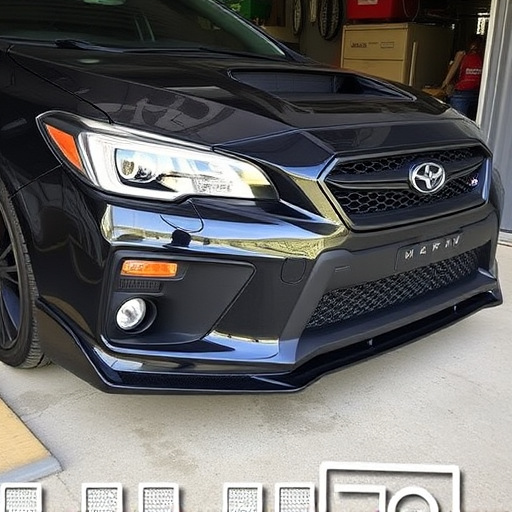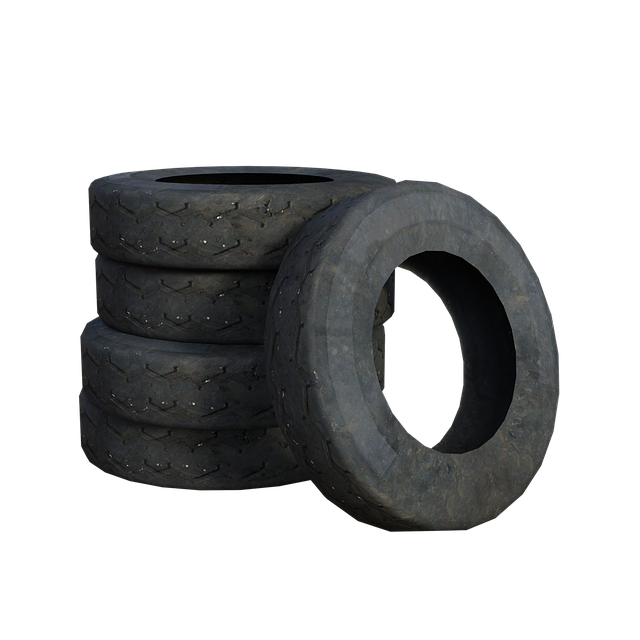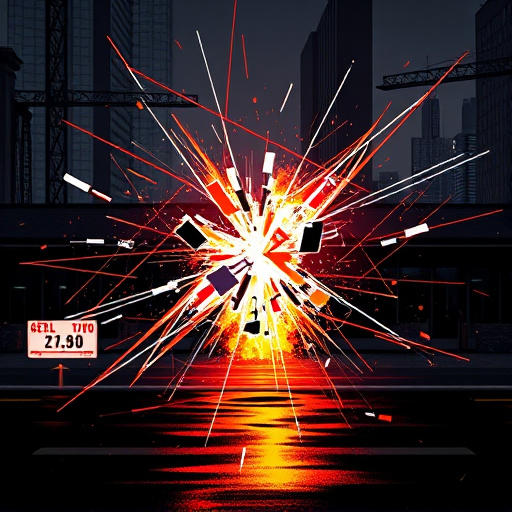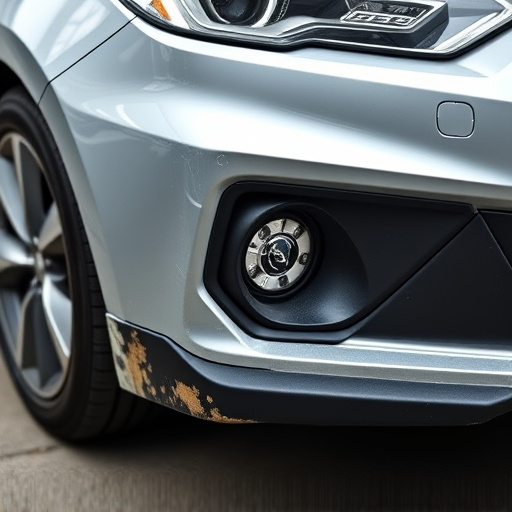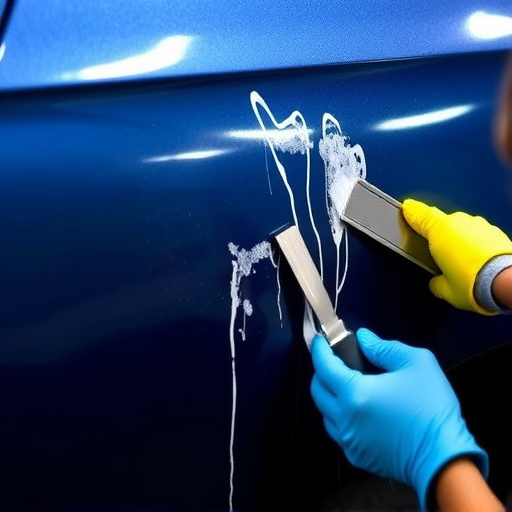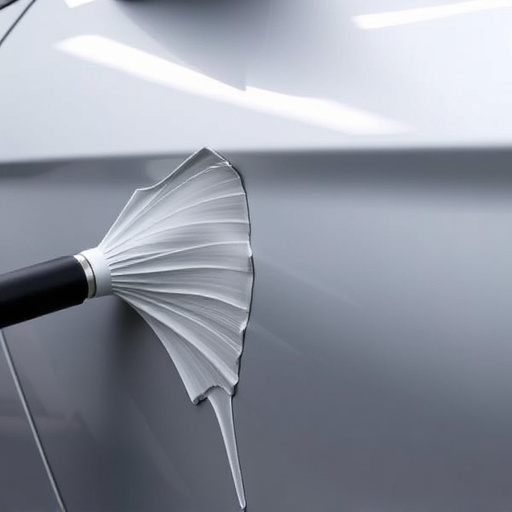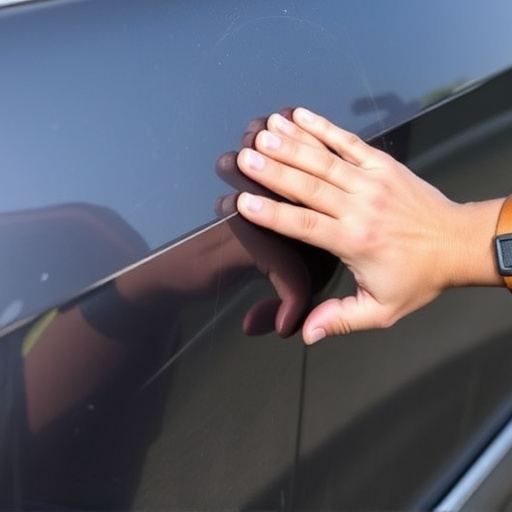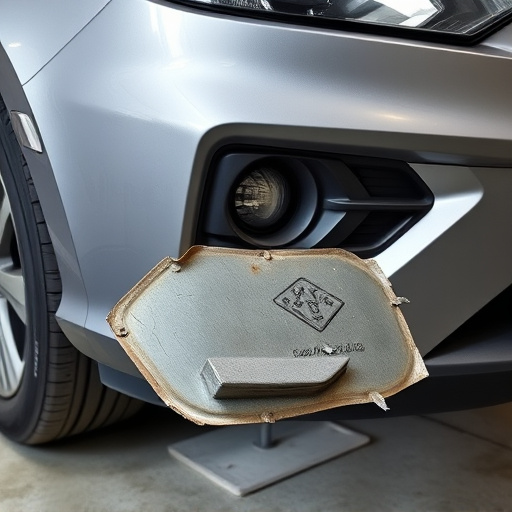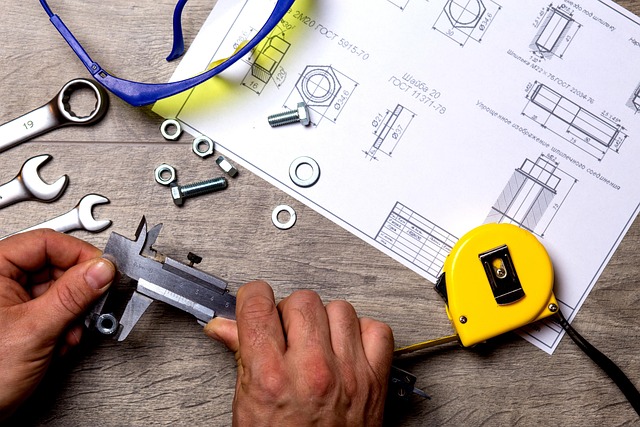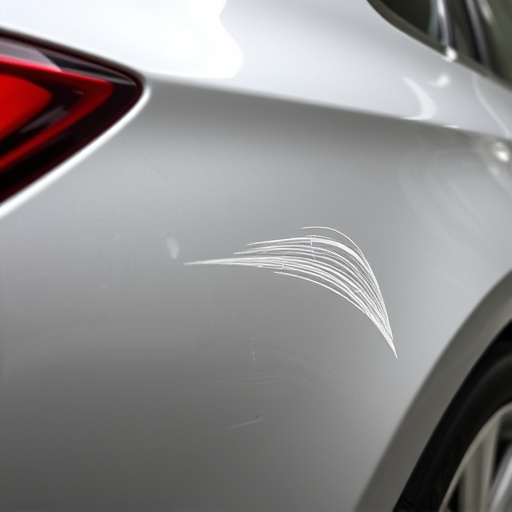Paintless dent repair (PDR) is a swift and non-invasive auto body repair method gaining popularity. It restores dents by manipulating metal from behind with specialized tools, avoiding sanding and painting. Modern PDR techniques significantly reduce repair times compared to traditional methods. While ideal for quick fixes and high-end models, complex or deep dents may require traditional shops. Repair time varies based on dent size, vehicle type, and paint composition.
Is Paintless Dent Repair Still Worth Your Time? In today’s auto care landscape, paintless dent repair (PDR) has evolved into a popular and efficient option. This non-invasive method promises swift results without the need for repainting. Understanding PDR’s process and its advantages over traditional methods is key to making informed decisions. Factors like damage severity and technician skill impact repair time, setting realistic expectations is vital. This article explores these aspects to guide you through the modern PDR experience.
- Understanding Paintless Dent Repair Process and Efficiency
- Advantages of Modern Paintless Techniques Over Traditional Methods
- Factors Affecting Repair Time: Realistic Expectations Unveiled
Understanding Paintless Dent Repair Process and Efficiency
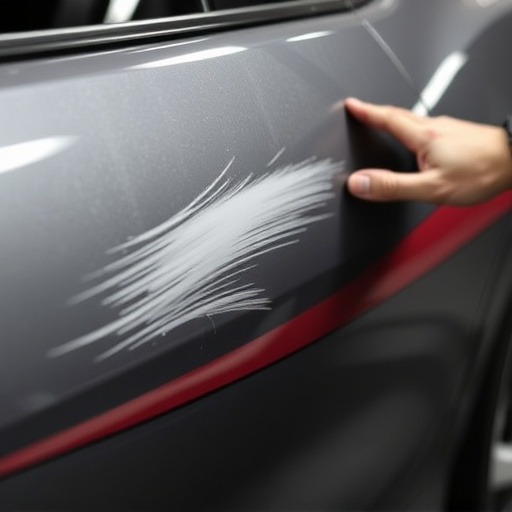
Paintless dent repair (PDR) is a specialized process that has gained significant popularity for its efficiency and minimal invasiveness. Unlike traditional vehicle body repair methods, PDR focuses on restoring the original shape of a dented panel by using specialized tools to apply pressure and manipulate the metal from behind. This non-invasive approach means that there’s no need for extensive sanding, painting, or prolonged downtime, making it an attractive option for both owners and professional autobody repairs.
The efficiency of PDR lies in its ability to save considerable time compared to conventional bumper repair methods. By avoiding the intricate painting process, which often involves multiple coats and curing times, PDR can have a vehicle looking like new within hours instead of days. This rapid turnaround is not only convenient for busy individuals but also ensures that minor dents don’t turn into more significant issues, preserving the overall condition of the vehicle body repair.
Advantages of Modern Paintless Techniques Over Traditional Methods
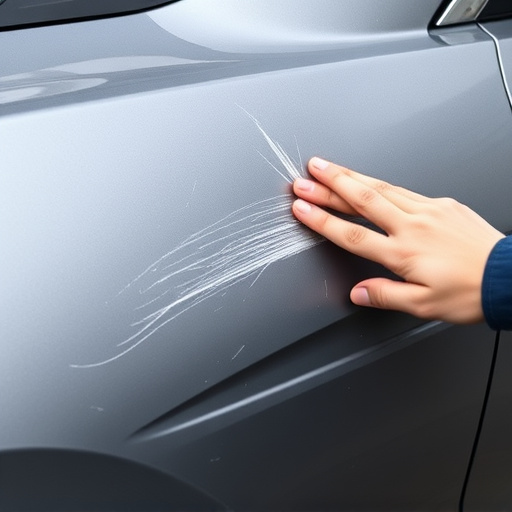
Modern paintless dent repair techniques have revolutionized the auto body industry, offering significant advantages over traditional methods. One of the most notable benefits is the reduced paintless dent repair time. Unlike conventional repairs that often involve sanding, painting, and extensive drying periods, modern paintless methods can quickly and efficiently restore damaged panels to their original condition. This speed is not only cost-effective for repair shops but also ensures vehicles return to their owners faster.
Additionally, these advanced techniques provide superior results in terms of aesthetics. Paintless dent removal avoids the risk of paint imperfections or mismatches that sometimes occur with traditional methods. For high-end cars like Mercedes Benz repairs, where precision and detail are paramount, modern paintless dent repair offers an ideal solution. It preserves the vehicle’s original finish, ensuring it retains its value and sleek appearance even after a collision at the collision center.
Factors Affecting Repair Time: Realistic Expectations Unveiled
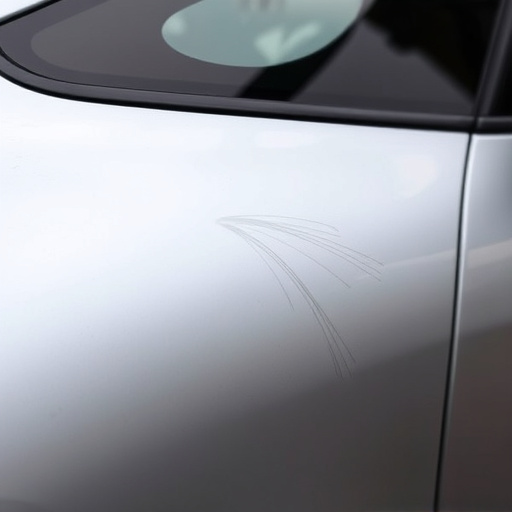
The paintless dent repair time can vary significantly based on several factors, setting realistic expectations is key to satisfaction. The complexity and size of the dent play a pivotal role; larger or more intricate dents will naturally take longer to fix. Moreover, the experience and skill of the technician can impact the timeline; seasoned professionals can often work faster and more efficiently.
Another critical aspect is the type of vehicle and its paint composition. Modern cars with unique or specialized paints might require extra time due to the need for precise matching and application techniques. Unlike traditional auto body repairs, where rust and structural damage are significant concerns, paintless dent repair focuses solely on aesthetics, which can streamline the process for certain cases. Remember, while paintless dent repair is a convenient and cost-effective option for minor dents, it’s not always suitable for deep or hard-to-reach damages—these might be better left to traditional auto body shops, considering their specialized tools and techniques, such as those used in car restoration or auto glass repair.
Despite advancements in technology, the effectiveness of paintless dent repair time remains a topic of discussion. However, modern techniques have undoubtedly improved efficiency compared to traditional methods. While speed can vary based on factors like damage severity and accessibility, understanding the process and its benefits can help you make an informed decision. With proper expectations, paintless dent repair continues to be a viable option for quick, high-quality vehicle restoration.


